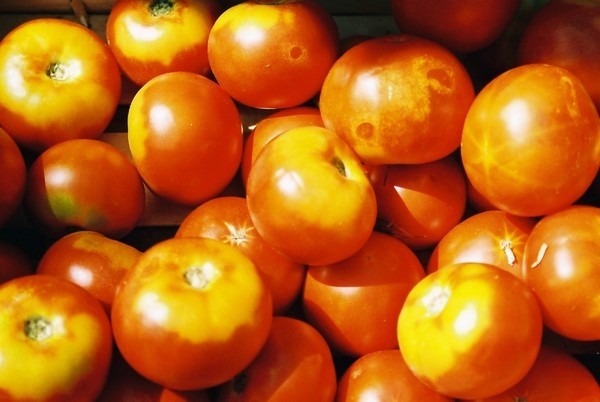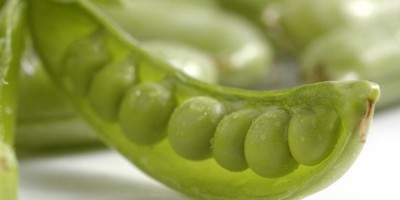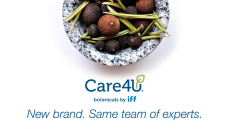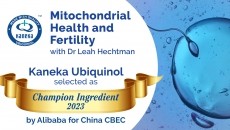Vegetable residues high in antioxidants give low cost food functionality: study

Research published in the Journal of Food Science and Technology assessed the antioxidant content of dried residues from four different vegetables: pea pod, cauliflower waste, potato peel and tomato peel.
Report author Neha Babar et al. extracted the residues using four solvents: hexane, chloroform, ethyl acetate and methanol.
The study was conducted by the Association of Food Scientists & Technologists in India and was funded by Indian Council of Agricultural Research.
Highest antioxidants: Tomato peel extracted with methanol
The study found that methanol extracts exhibited the highest total phenolic content.
Tomato peel was vegetable shown to have the highest phenolic content, while pea pods and cauliflower waste also showed strong antioxidant ability.
Tomato peel also contains lycopene, which has been liked other benefits, such as cardiovascular health.
Potato peel had the lowest phenolic content, displaying the least antioxidant activity.
Cauliflower waste and pea pods best for environment
The study, recommended further use of waste vegetables for a cost effective healthy supplement in foods. Although tomato peel showed the most antioxidant activity, the report authors recommended use of other vegetable extracts, which are more environmentally friendly.
“Cauliflower waste and pea pods which account for a significant percentage of the total vegetable waste on fresh weight basis need to be exploited extensively for nature and concentration of phenolic constituents,” said the study.
“Due to the low cost of vegetable residues, which otherwise would be discharged as waste in the environment, they should be regarded as potential nutraceutic resource, capable of offering low cost, dietary supplement,” it continued.
Source:
J Food Sci Technol
DOI 10.1007/s13197-012-0754-4
‘Influence of different solvents in extraction of phenolic compounds from vegetable residues and their evaluation as natural sources of antioxidants’
Authors: Neha Babbar, Harinder Singh Oberoi, Simranjeet Kaur Sandhu and Vinod Kumar Bhargav













